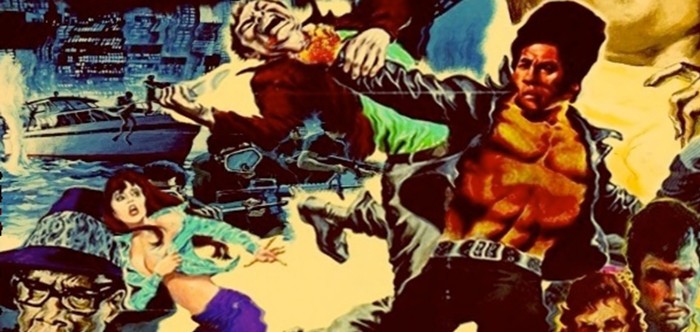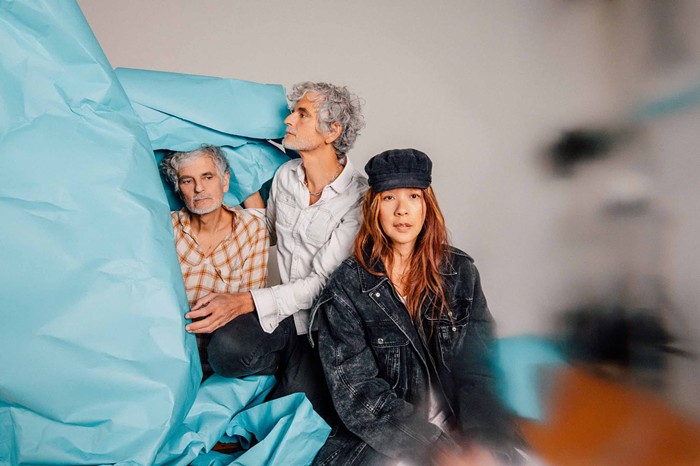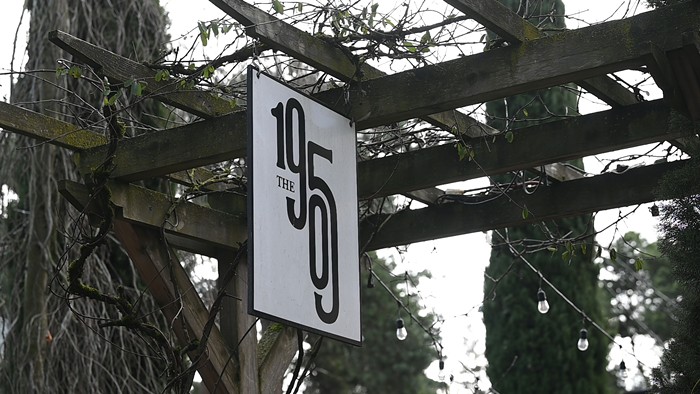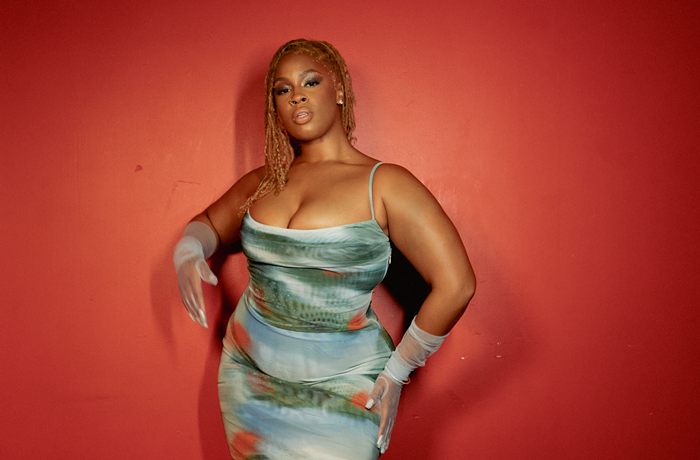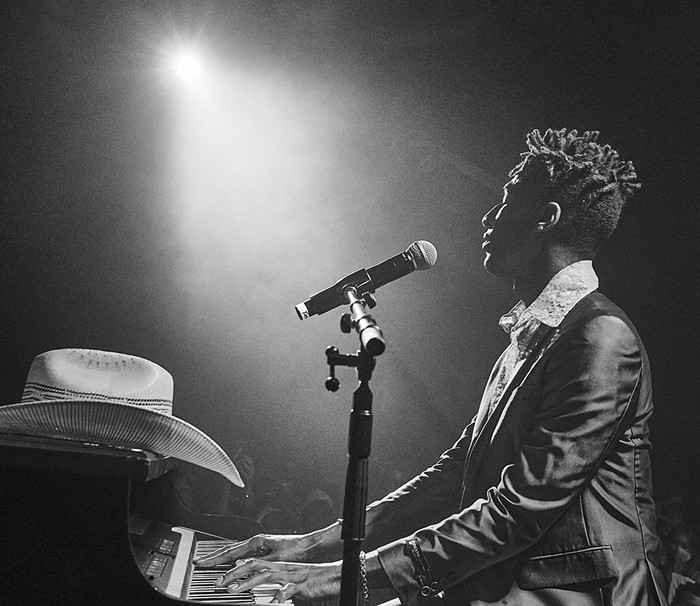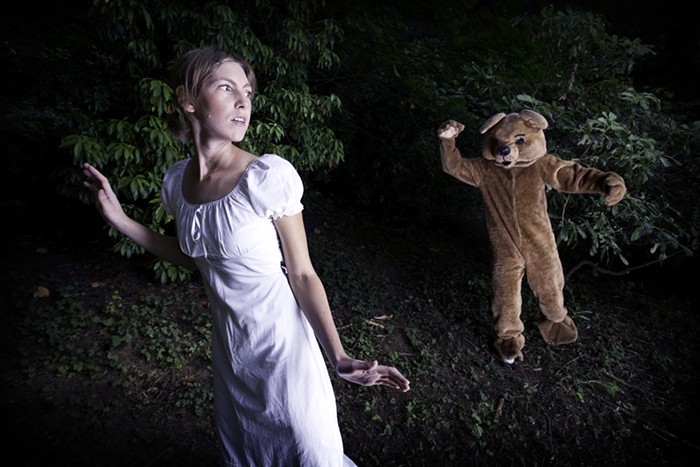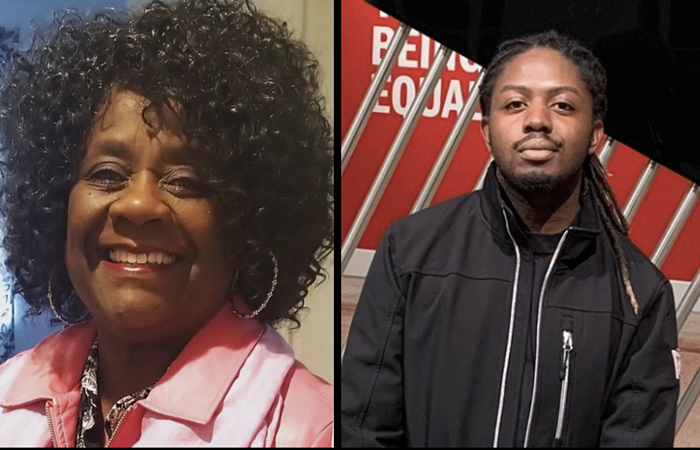The four elements of hiphop have something of a sibling rivalry. The first to thoroughly affect American culture was graffiti, when New York's subways became graffiti art galleries and the likes of Fab Five Freddy were introducing graf artists into the art market. Meanwhile, at the hiphop concert, the DJ was the main attraction and the MC's job was to hype up the crowd. Then breakdancing suddenly took center stage in '84 with the movies Breakin' and Beat Street. Today, roughly 20 years later, the scenario has almost totally flipped: the MC hogs the stage while the DJ backs him up, breakdancing has suffered years of obscurity, and graffiti artists are severely punished by law. It's not a peaceable family, so I'm not sure why beatboxing (or, using one's mouth and vocal chords to emulate hiphop beats) would even want to be the "fifth element."
It does have a case. Hiphop's vocal percussion has been around from the start with Slick Rick's partner, the original "Human Beatbox," Doug E. Fresh. Though beatboxing's popularity has come and gone over the years, Rahzel's post-Roots success Make the Music 2000: The Fifth Element made the strongest case yet for promoting the art to "elemental" status. It's clear that superb beatboxing can rile up the crowd like the best MC, keep a beat as well as any DJ, is just as athletic as any breakdancer, and is as dazzling as any graffiti piece. Furthermore, it is purely organic hiphop; in every (offstage) freestyle session, people in the circle are beatboxing. So why don't the four siblings show it more love?
Because beatboxing is imitation, not invention. What the other four elements perform with their materials is thrillingly inventive: MCs turn language into something I've never heard, the body of a breakdancer spins like I've never seen, DJs turn vinyl records into instruments, and graffiti presents the word-as-image in new, complex ways. Beatboxing simply imitates the sounds that records make. Rahzel, the most celebrated beatboxer today, is fantastic in concert and spends the entire set imitating. When he's at his best, Rahzel can simulate an entire track: the beat, the sample's hook, the record's scratch, and even the sung melody. It's astounding. At his worst, Rahzel sounds out a violent video game, where he reduces the art of beatboxing to adolescent machine-gun effects made with the mouth. All this, whether stunning or silly, is imitation.
The beatboxer's highest achievement is largely thought of as the "man who is as strong as the machine"--a modern, artistic John Henry whose mouth, tongue, and throat can make as tight a beat as the turntables can. But even this highest praise limits beatboxing to always competing with the machine on the machine's terms. Beatboxing has a wonderfully raw, human texture, one that Saul Williams used so transcendently in the 1998 singe "Twice the First Time." In this song, beatboxing shows its unique power that, when married to Williams' vocal art as an MC, makes hiphop fleshier and more compelling than what cold drum snaps could offer. When beatboxing reinvents itself in this direction, when it harnesses its originality, it might be considered the "fifth element." But until then, it will have to line up with the other unrecognized hiphop elements like fashion, hype marketing, and blunt rolling.
